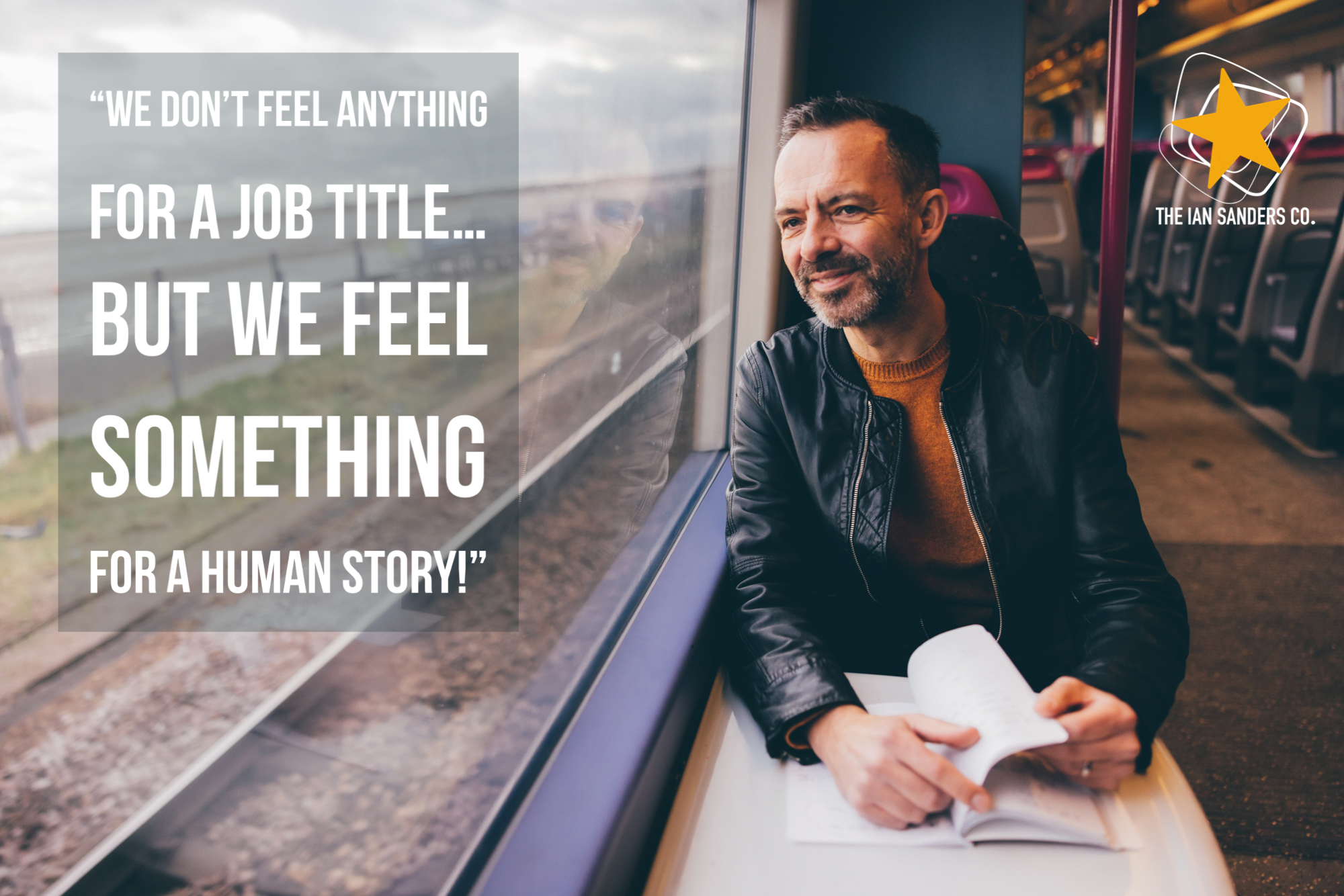Ten takeaways from four years training leaders in storytelling
130 leaders. 36 training programmes. With participants in countries spanning Azerbaijan to the USA, Brazil to Sweden.
Over the last few years, I’ve been running leadership training programmes in how to harness the power of storytelling. I’ve also helped a number of leaders in global C-suite roles one-to-one with thought leadership, unearthing and crafting stories.
It’s been amazing: getting to do what I love with different cultures, disciplines and perspectives.
The one thing that’s stood out to me throughout all this experience? It’s that there’s a huge opportunity to communicate who you really are as a leader - and cut through all the organisational noise - through the power of storytelling.
Here are my ten takeaways:
Take an abstract topic like Integrity or Diversity & Inclusion, wrap it in a story and it’ll shine out amongst the grey mass of data and stats. Stories bring your values to life in an everyday, relatable way.
When leaders are open, honest and comfortable being vulnerable it creates emotional engagement. Being open yourself opens a door for empathy.
Start from the top. When a leader stands up and tells a story in their leadership meeting, on an all-hands call or video message, it fosters a story-sharing mindset and enables a space for others to do the same.
Setting a story in time and place - “It was a Tuesday morning in New York City and I had just got in my Uber to a meeting” - gives it a human start that hooks the audience and grabs their attention from the off.
Telling a story online sparks conversation offline. Something shared on LinkedIn will spark conversations with customers and colleagues.
Personal experiences provide valuable lessons that crossover into your work life, e.g. a stand-out customer experience you had on holiday or a chance encounter you had with a stranger while queuing for coffee.
LinkedIn continues to be the best storytelling platform. It’s a digital campfire around which both internal and external audiences sit, hungry to hear great stories.
Whether you’re presenting on stage or sharing a post on LinkedIn, stories work better with an image. A photograph will do. Bring your story to life with human pictures.
Experimentation will help you find your voice. Test your stories to see what your audience responds to, what they’re looking for and what they’re engaged in.
Stories are humanising, they make you stand out and reveal the human being behind the job title. We don’t feel anything for a job title… but we feel something for a human story!
If you’re an executive or leader in an organisation looking to get started, check out our 7 Story Types

